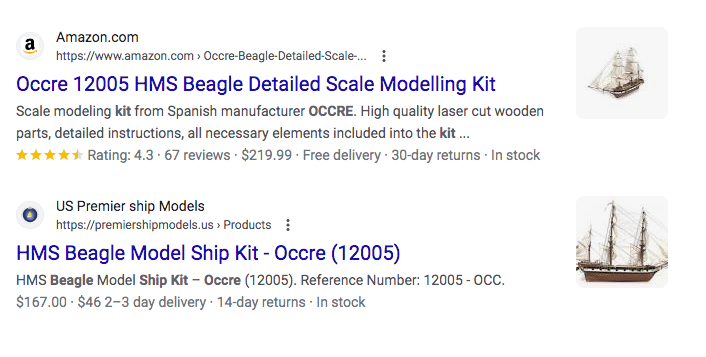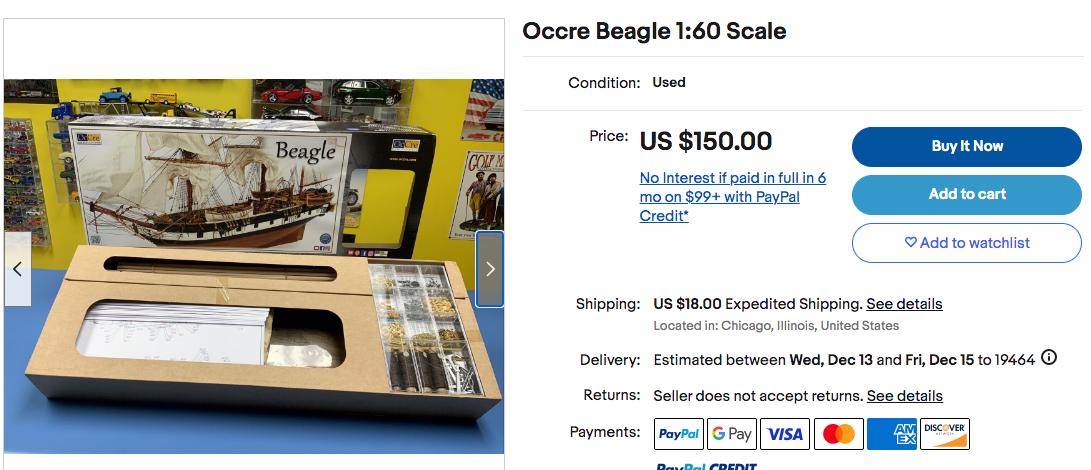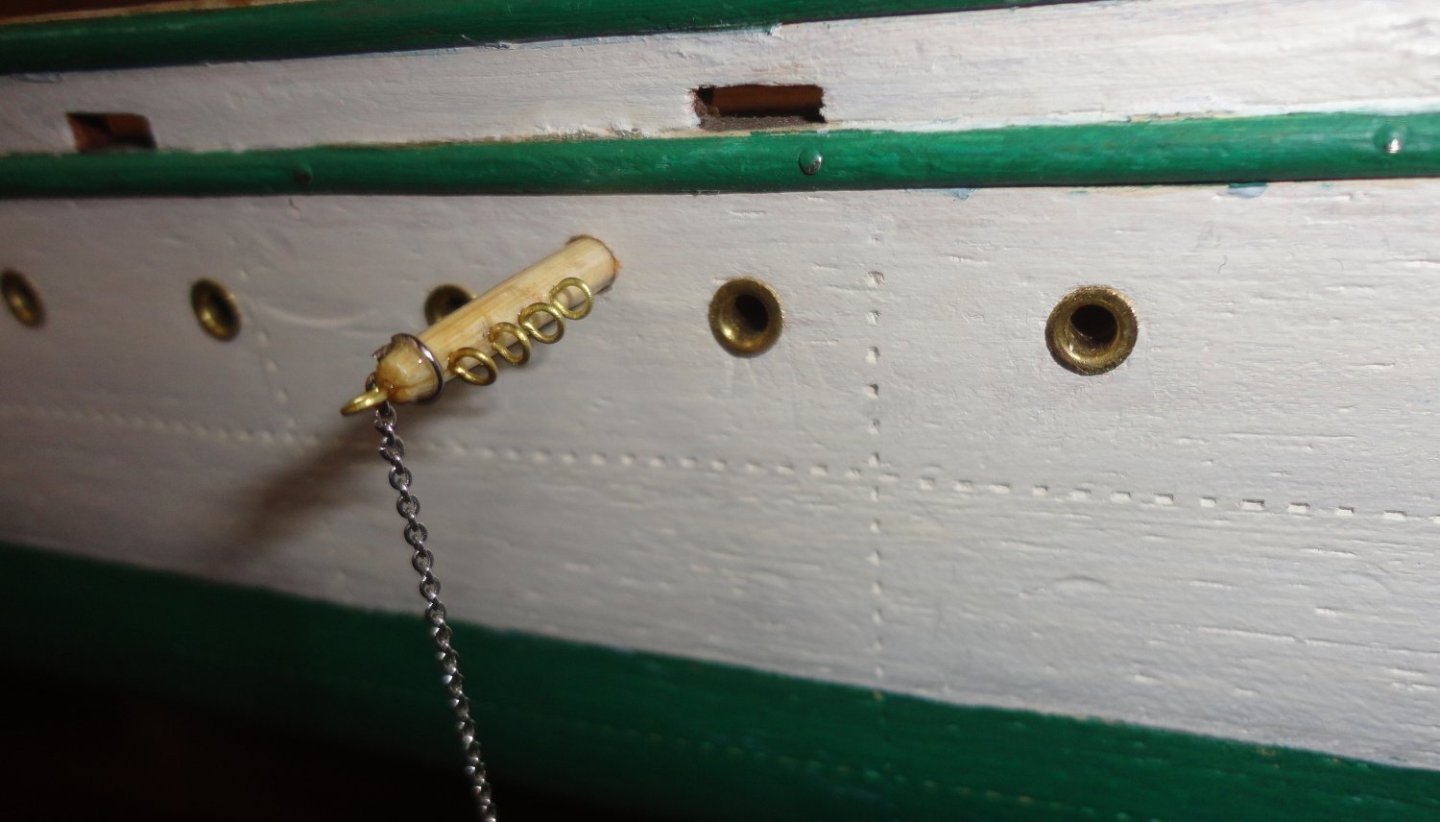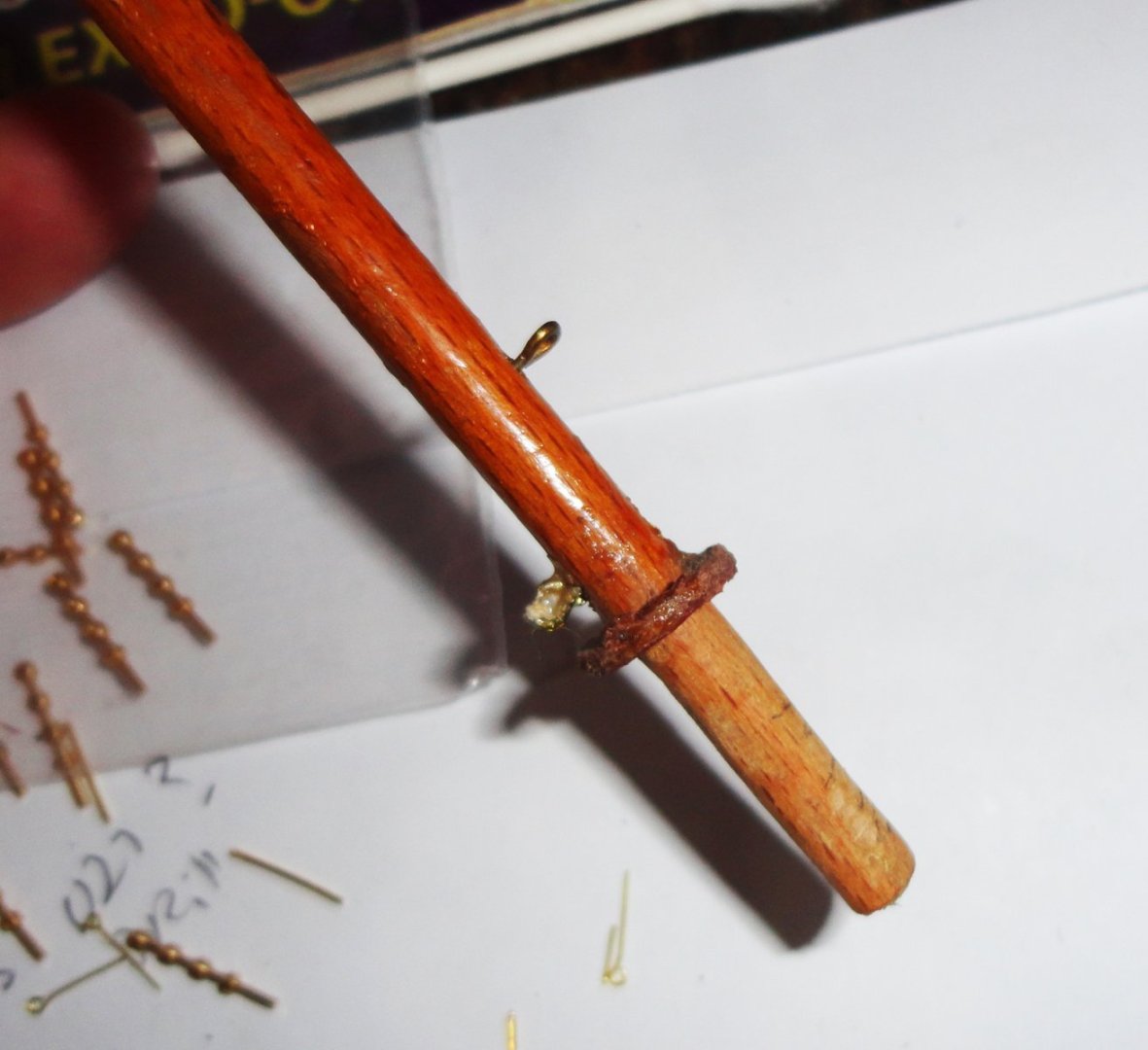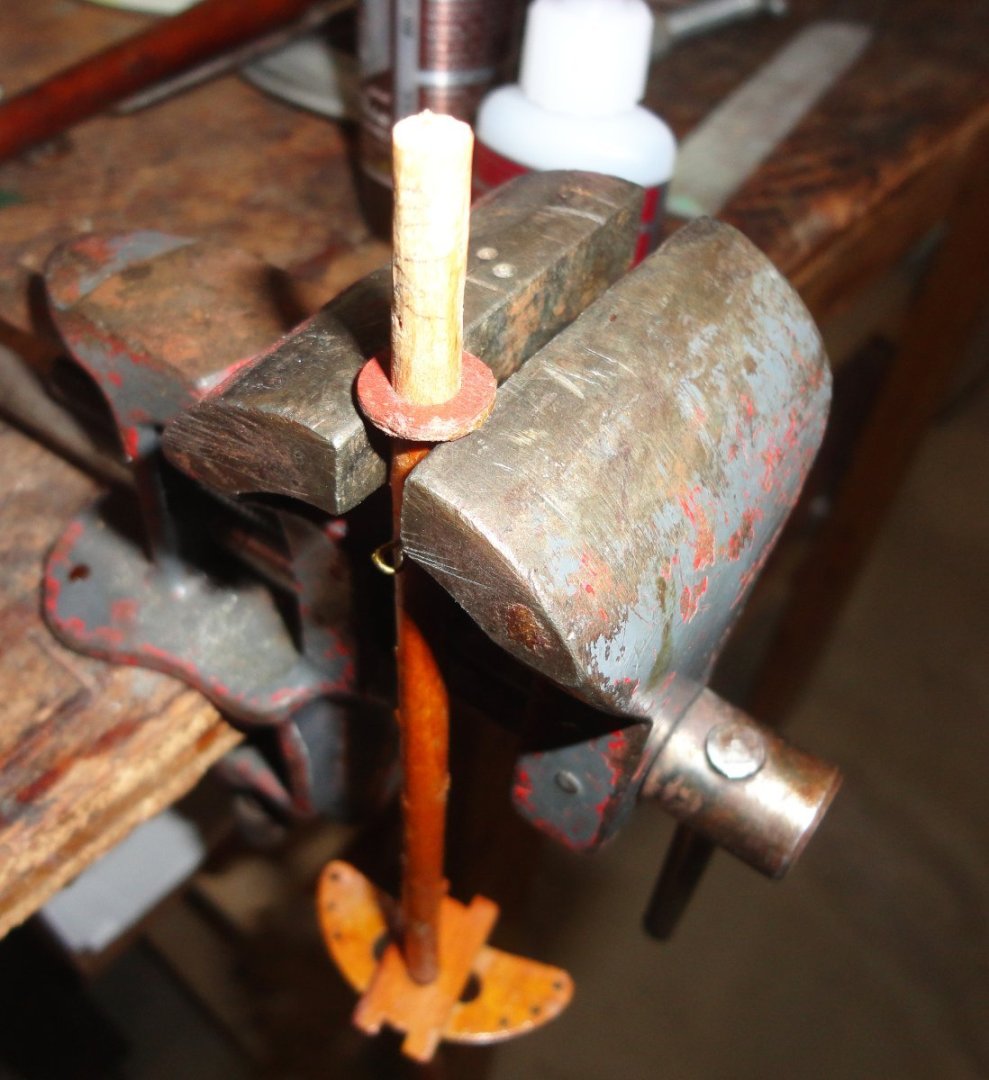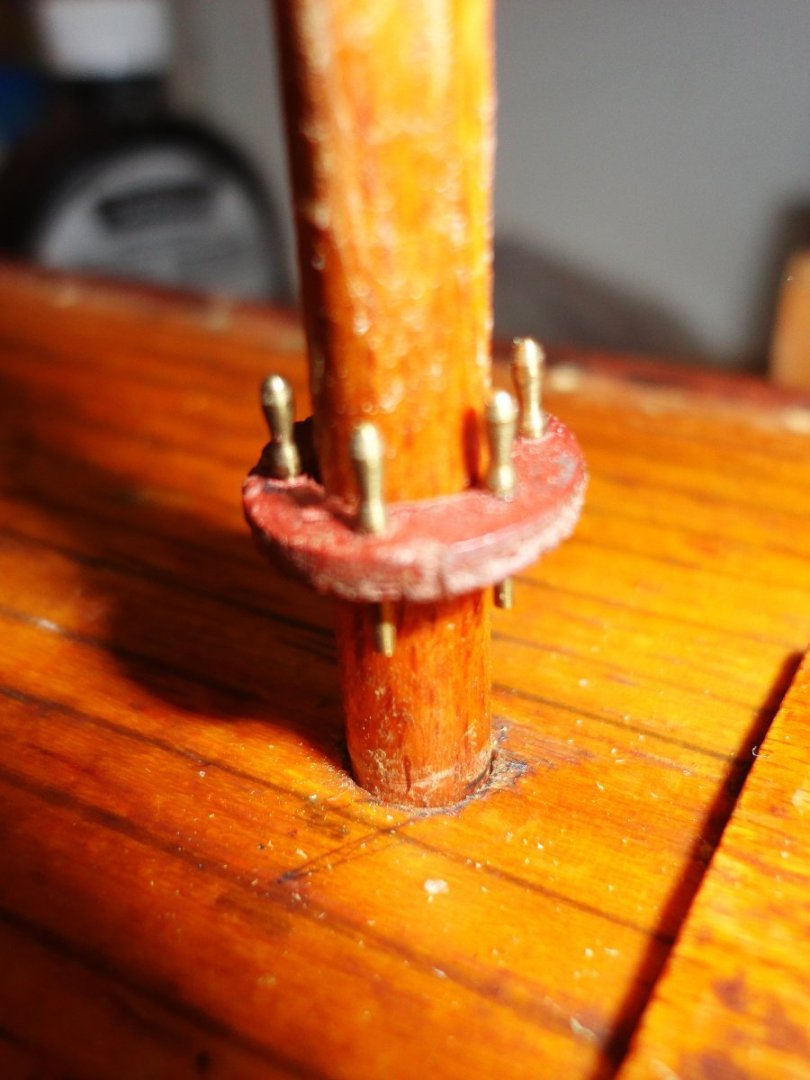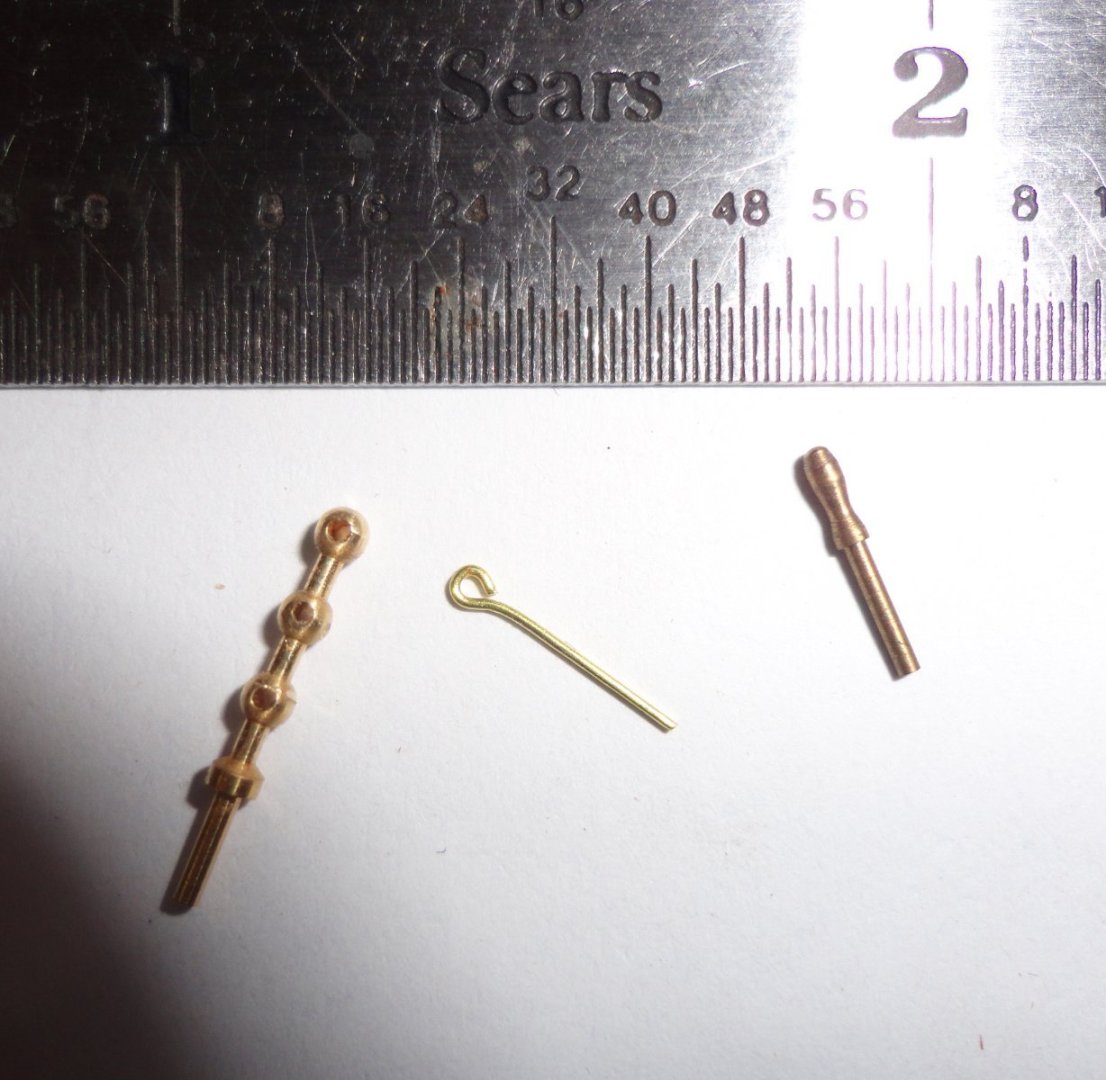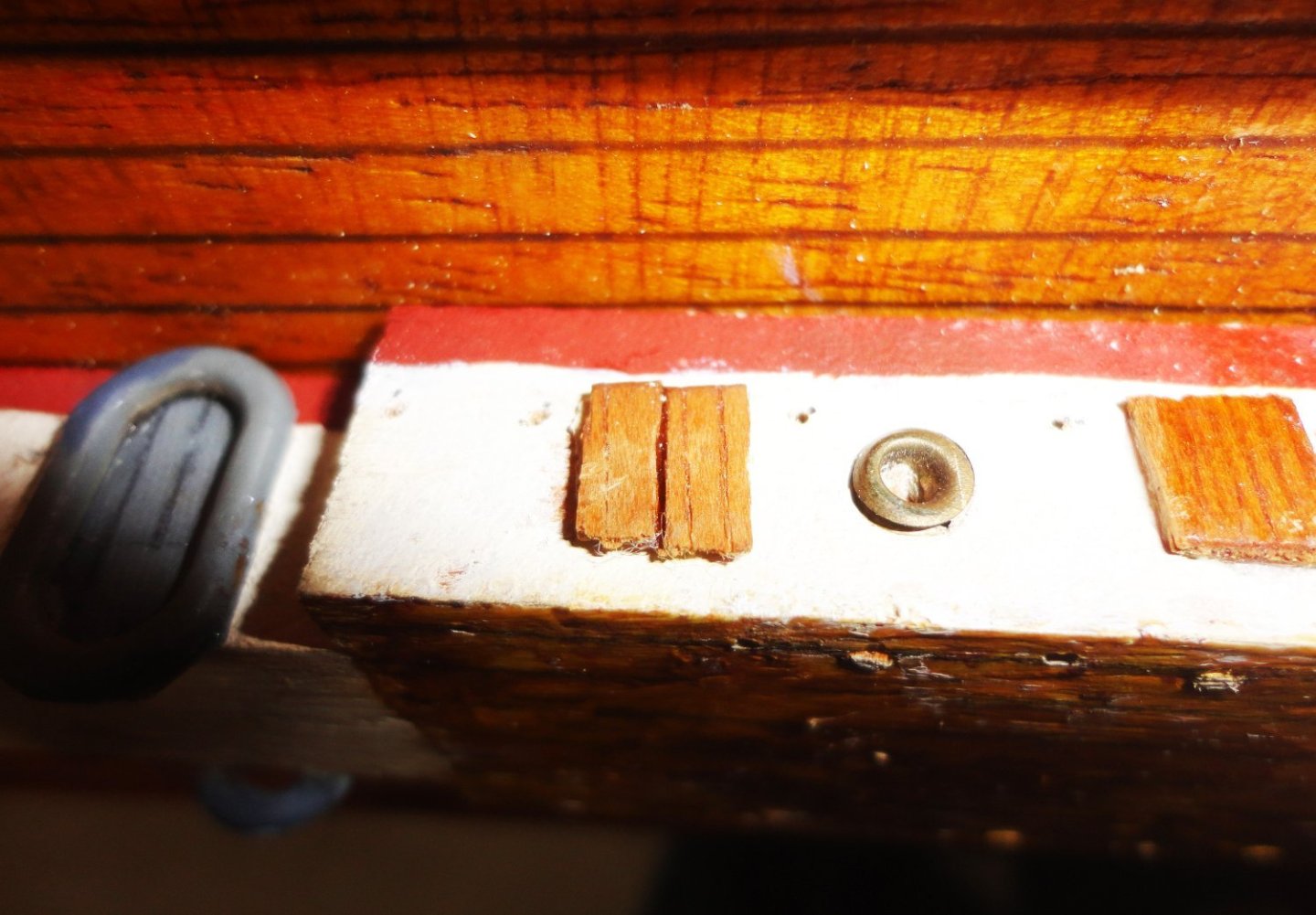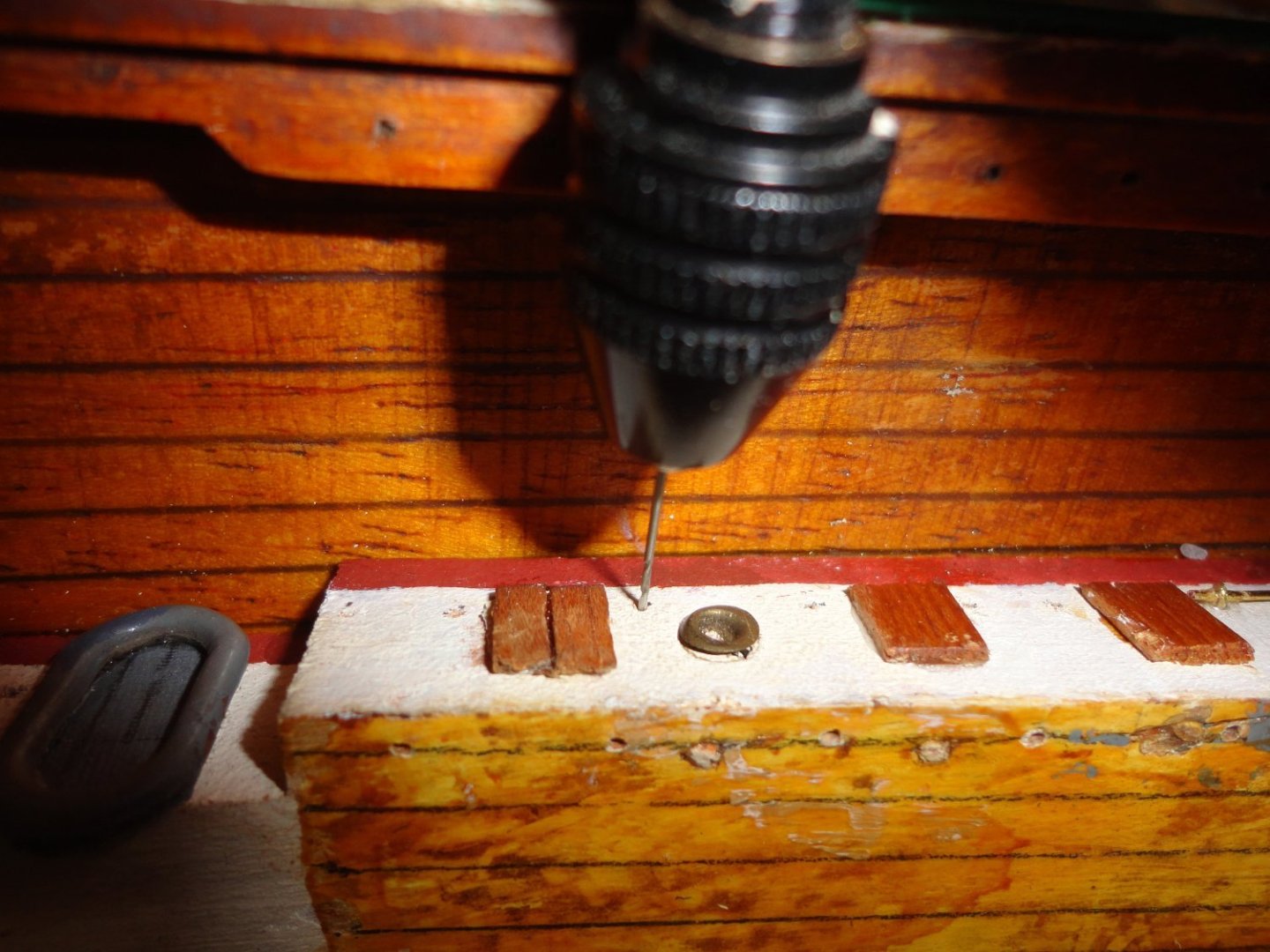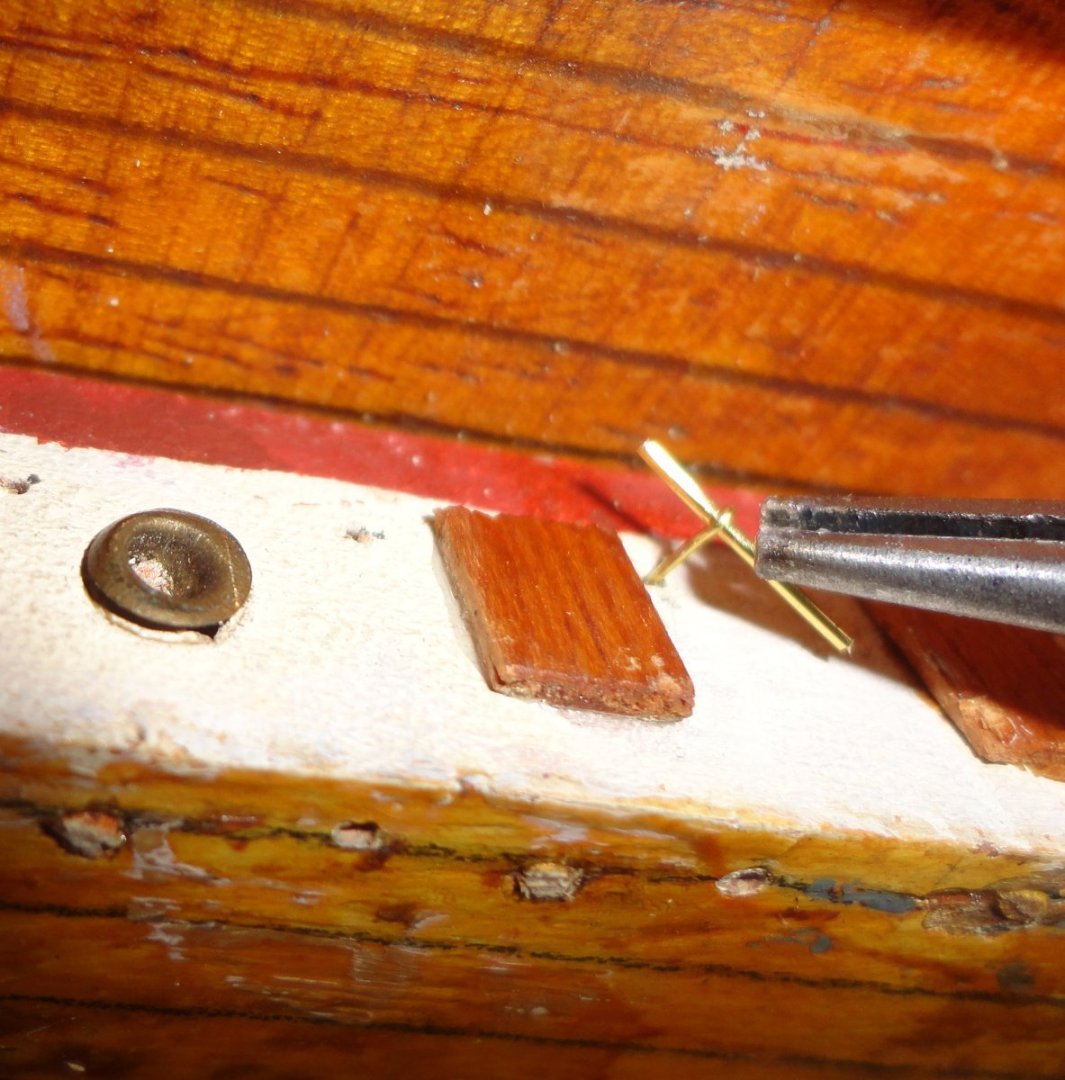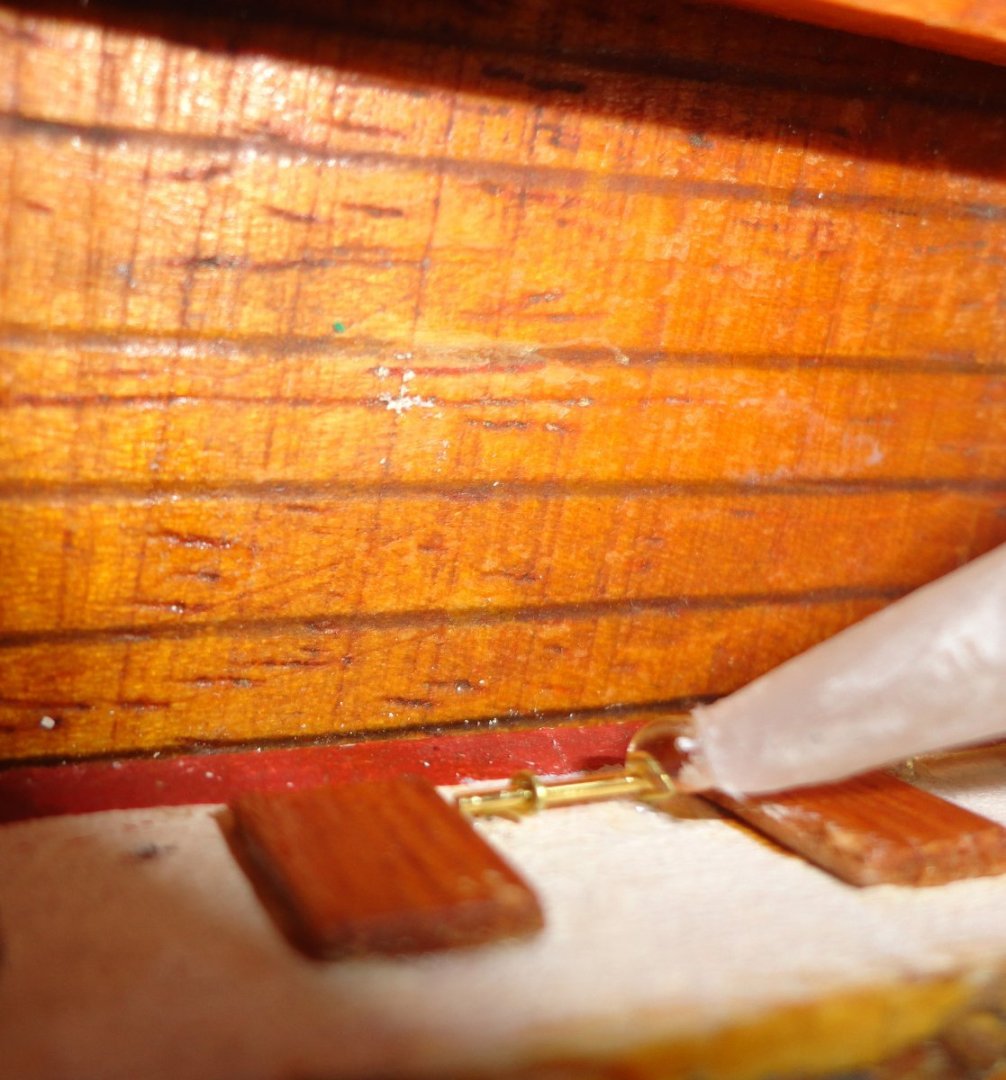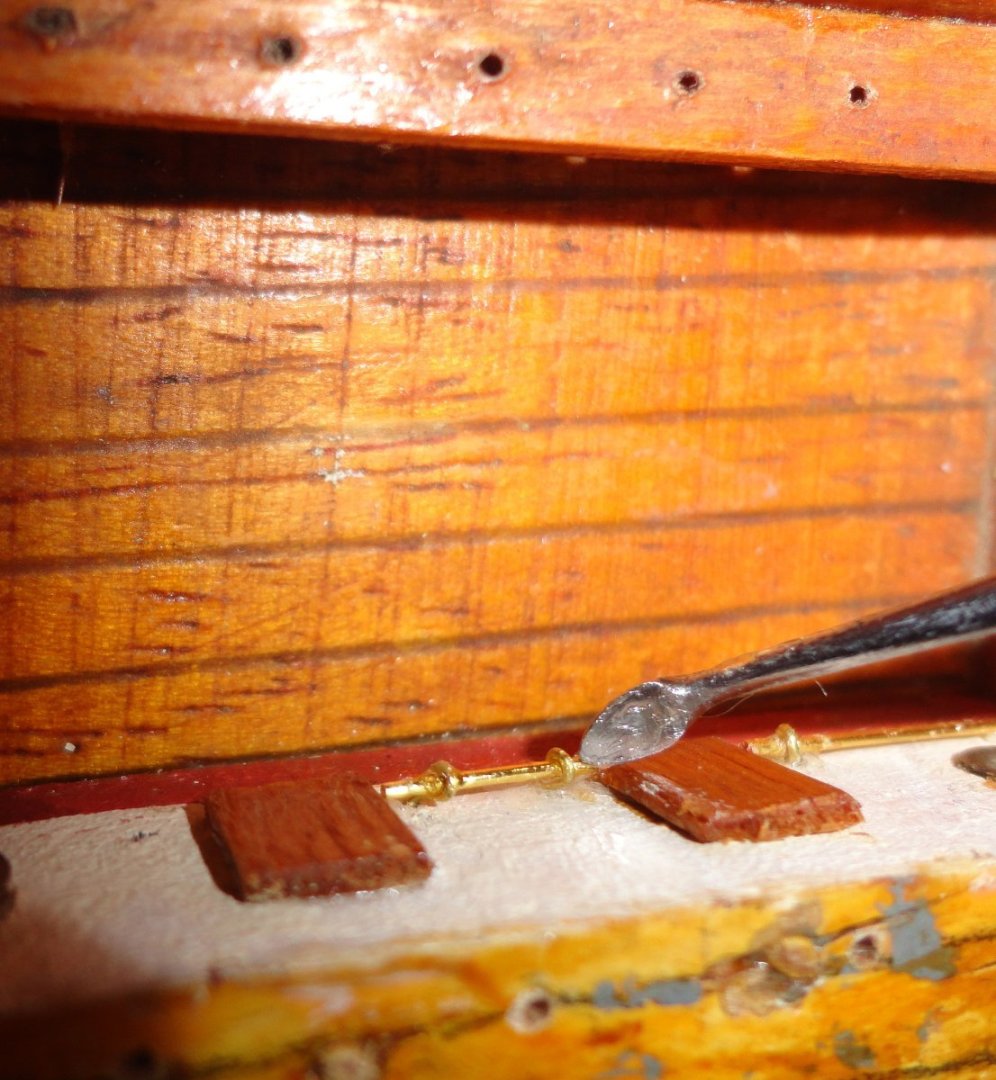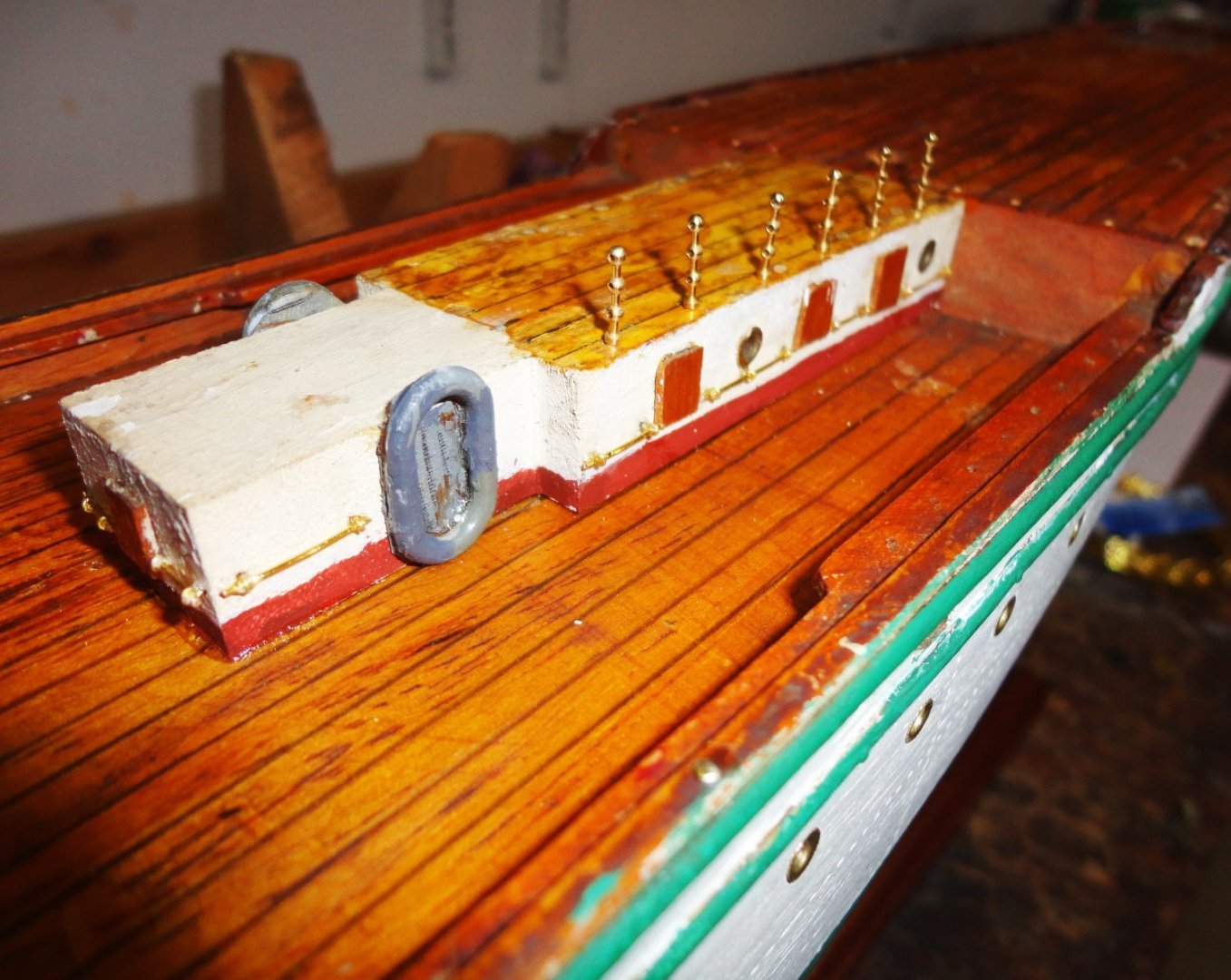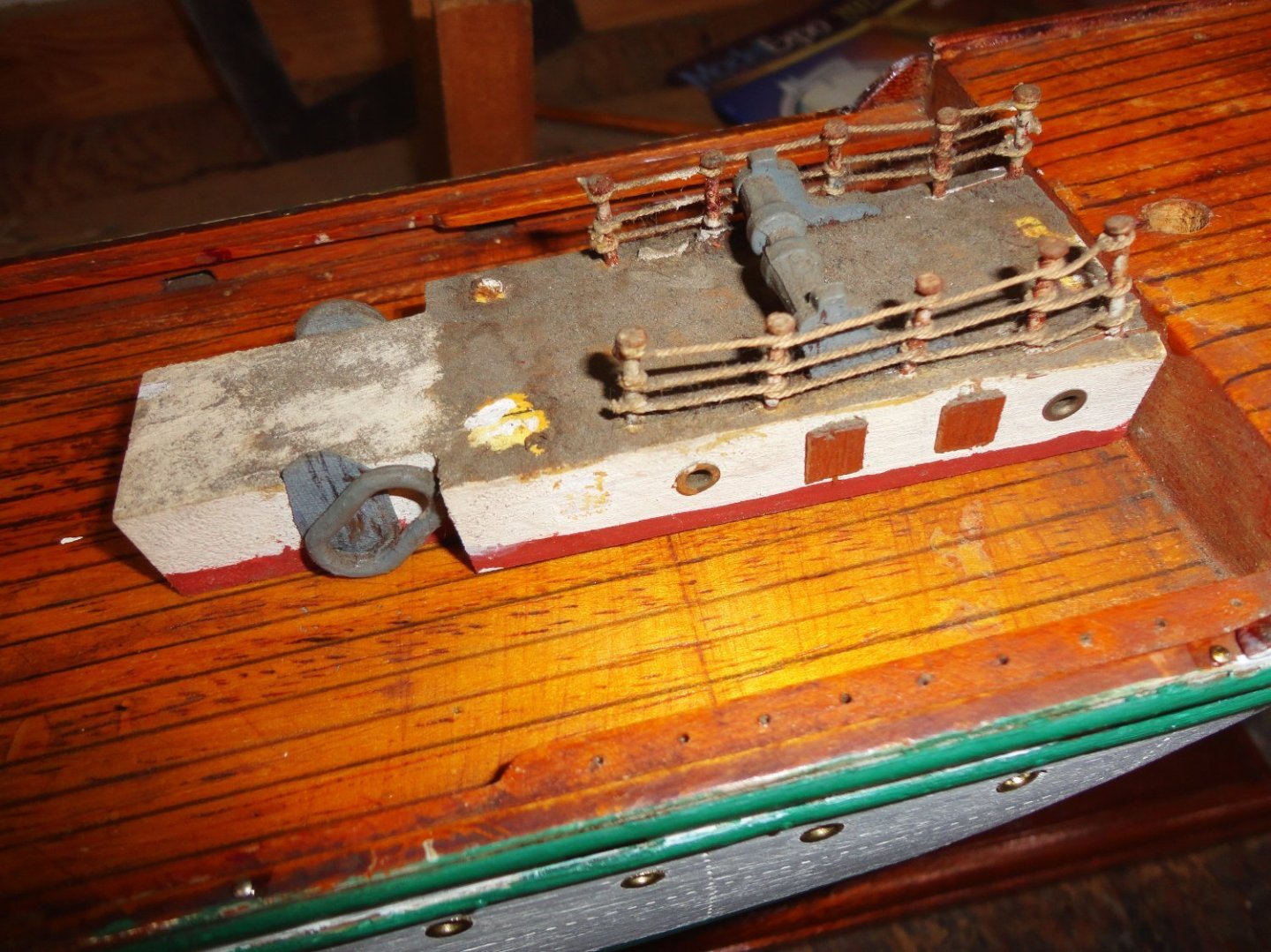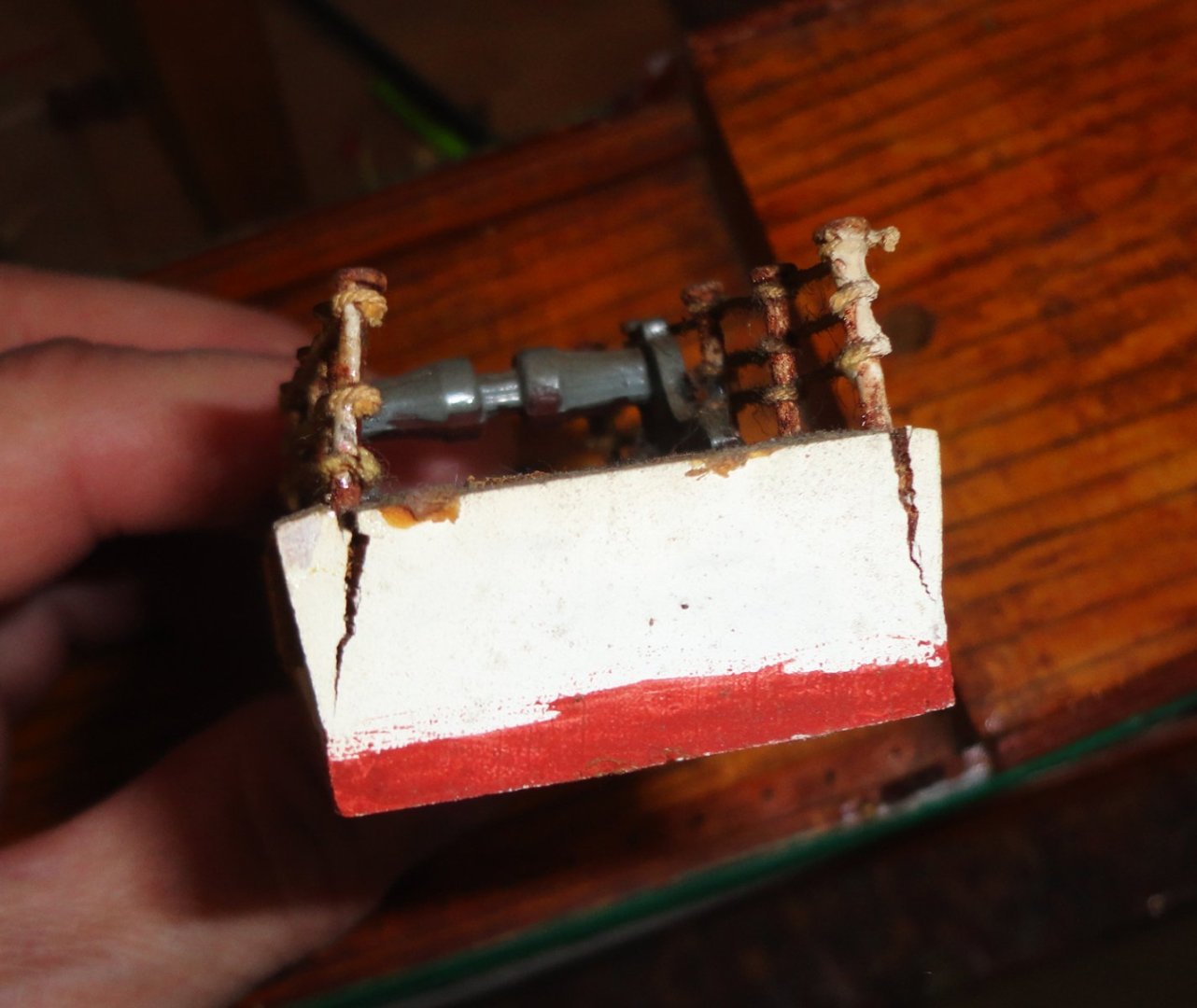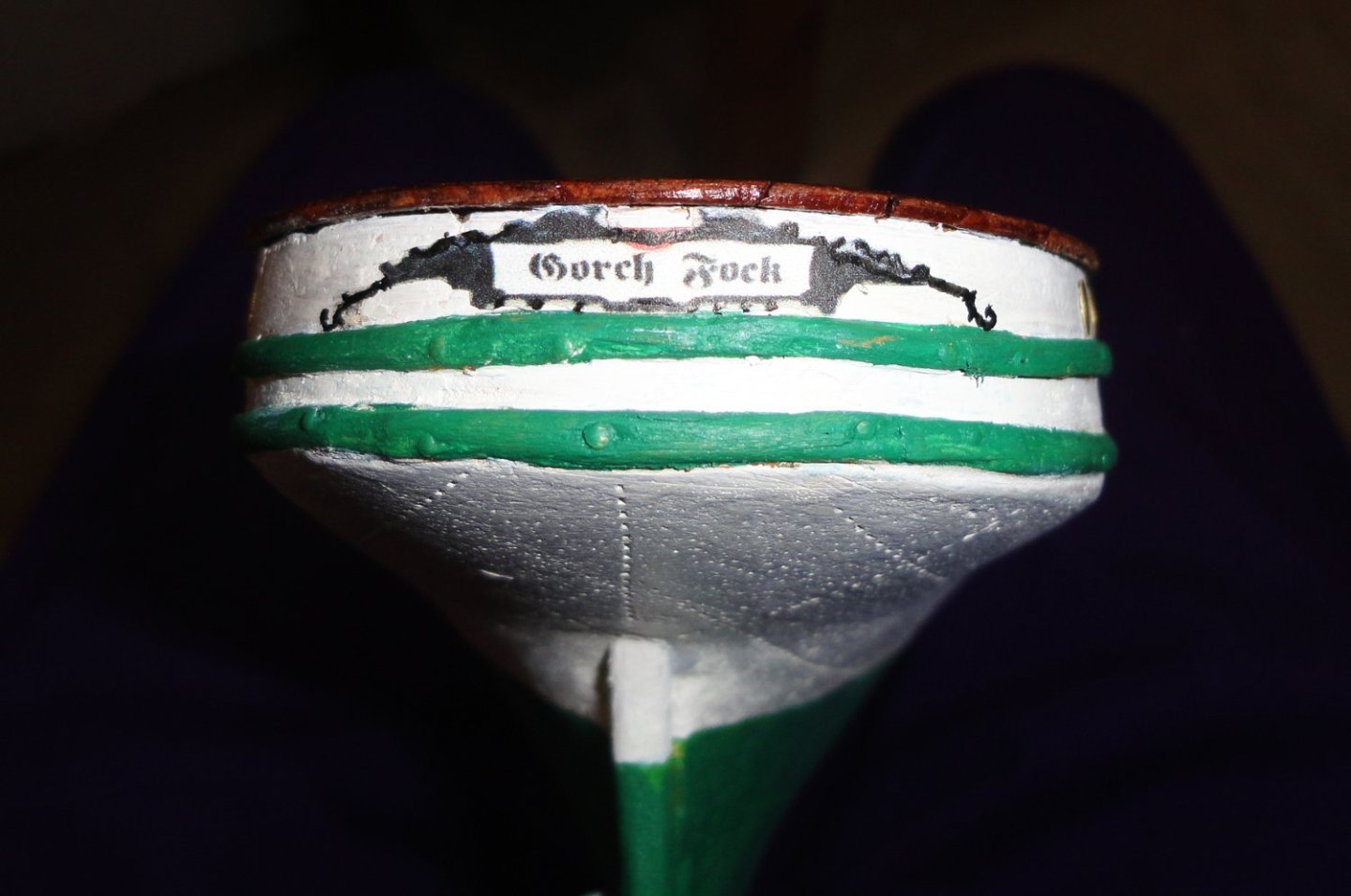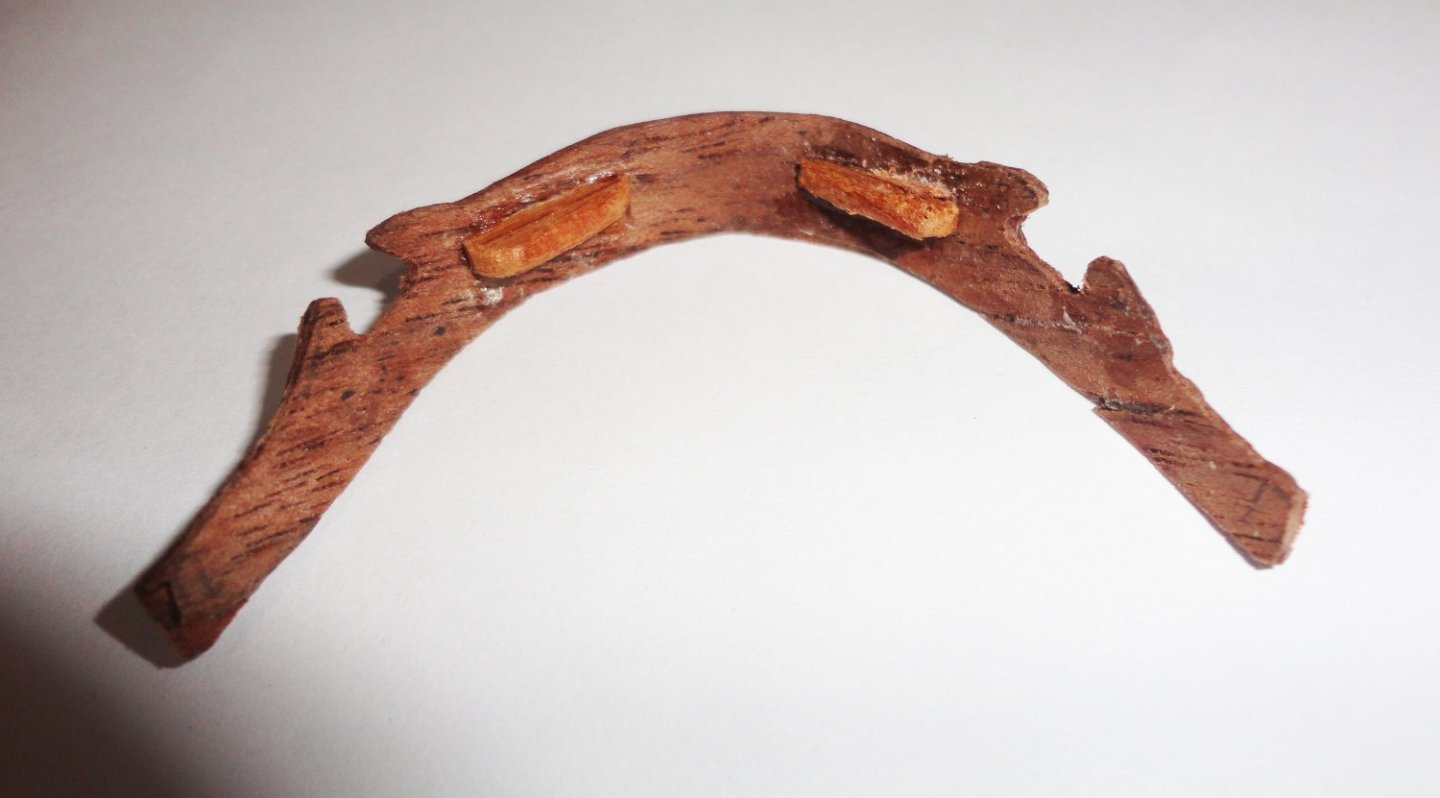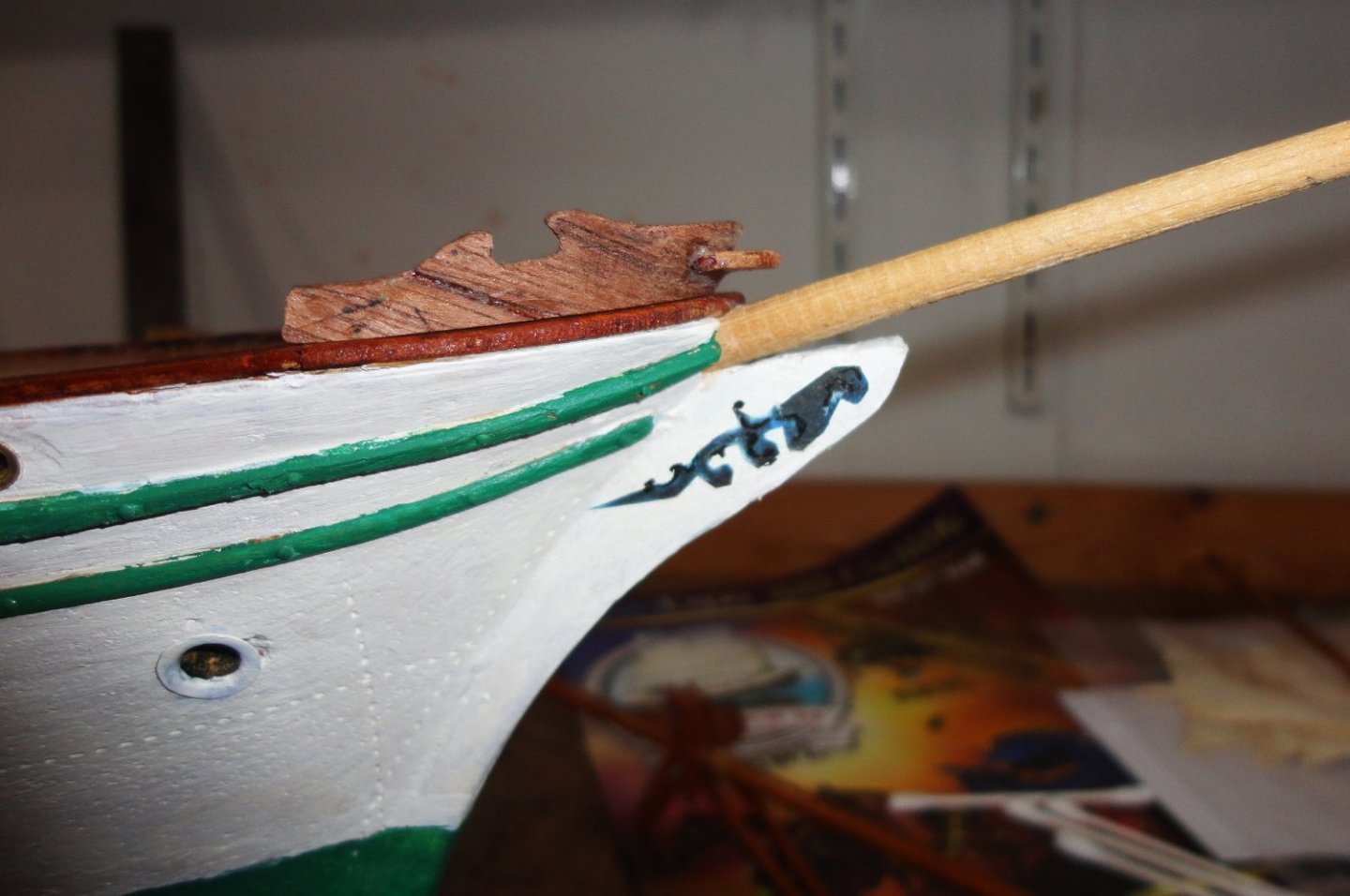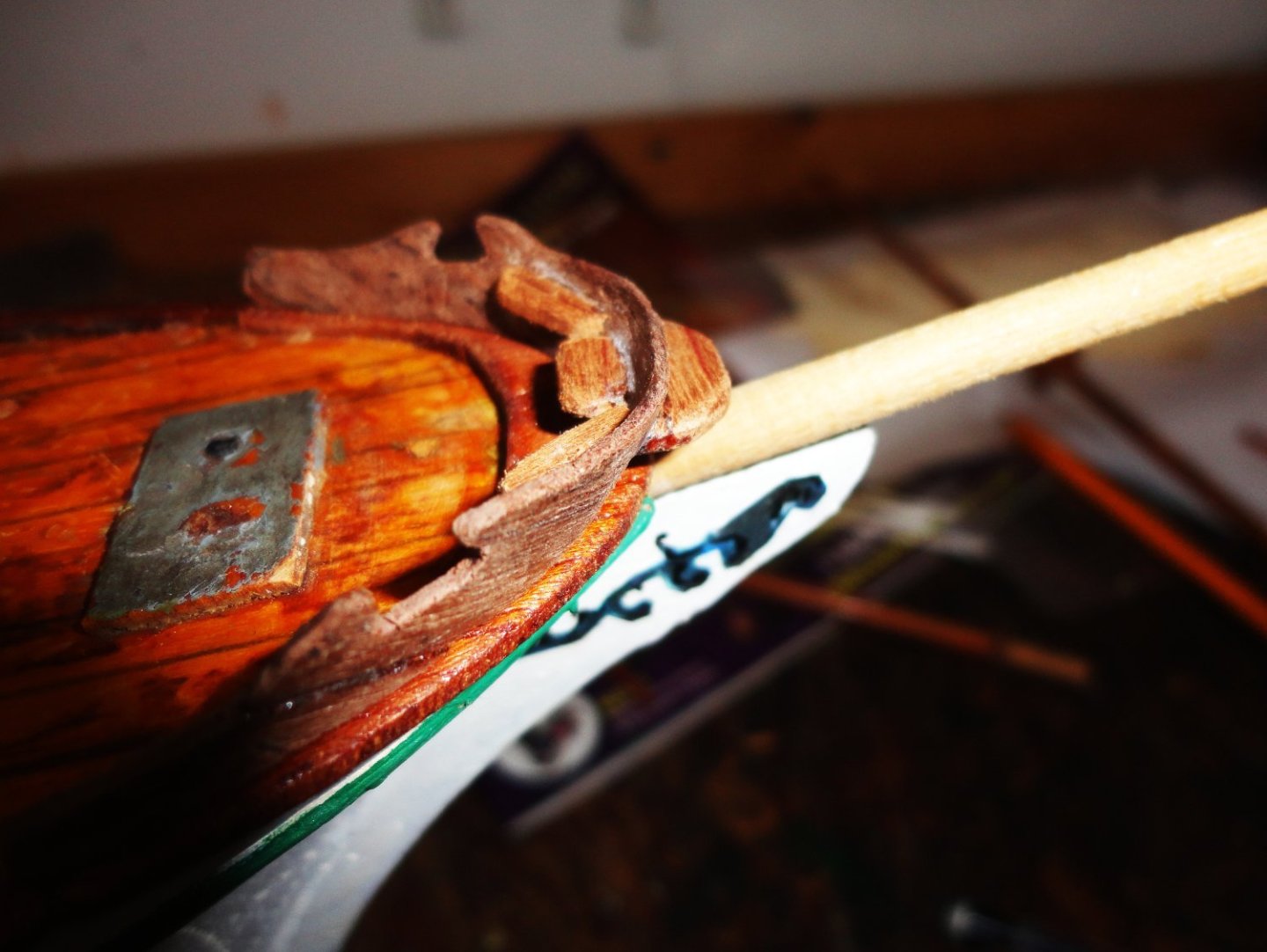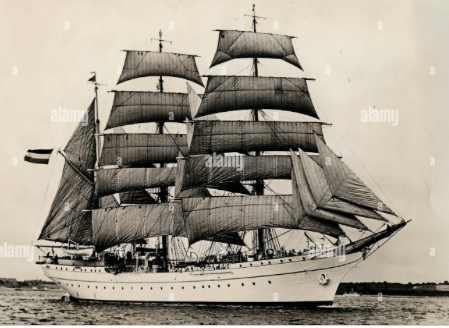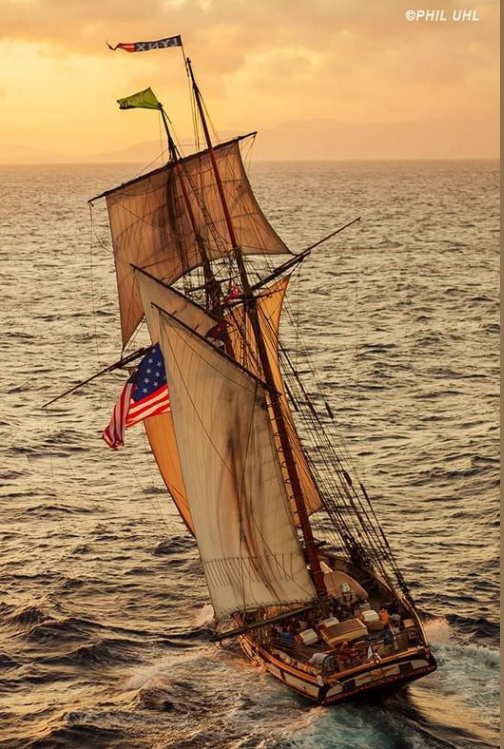-
Posts
1,442 -
Joined
-
Last visited
Content Type
Profiles
Forums
Gallery
Events
Everything posted by Snug Harbor Johnny
-
There is such a thing a 'fire brick' (or refractory brick), and they can be anything from a light ocher (tan) to a light orange-red ... but that is what I've seen in 'recent' times. What was used in olden days could have been (I'm not an expert) hot-fired brick, or those nearer to the inside of the pile of bricks built up for firing. The color varied with the clay. The bricks on the outside (per the traditional brick makers in Colonial Williamsburg, Virginia) did not get as hot - so were softer. These were used inside brick structures (having thick walls), with the more resilient bricks on the outside facing the weather. The bricks with somewhat 'charred' (darker) ends were utilized in a 'Flemish bond', that gave a decorative look to an exterior wall. Since hot fired bricks were used to make 'beehive' ovens - that could have an access opening on one side of a 'walk in' or 'open' hearth, or they could be an outside structure near the kitchen, but not attached, and advantage in hot weather.
-
For $250 on the AL Bounty, I'd GO for it without quibbling. It likely is a 'grade or two' higher kit than the OcCre, in terms of fittings, etc.
-
How 'decent' is the price? (assuming the kit is complete and unbuilt) At only around 20 years old, I don't think the wood will be bad. I have a couple 50 year old kits and a 30 year old kit - and the wood is still good. The price for a new AL Bounty kit now ranges between $420 - $460 ... but a new Bounty from OcCre is about $100 less. I haven't seen these kits, so I can't say if the AL Bounty is worth a hundred dollars more - so looking for reviews and builds of each on the MSW site can likely answer that for you. You didn't say if the seller quoted you a price, and if so, what it was. But I wouldn't want to pay over $300 (if new-in -box). If his price is higher, then my counter would be $300 based on the price comparisons above - after all the current new version will be 'up to date' with new materials, so if the price is too close to new, then why not buy new? There may be another alternative, and that is the OcCre Beagle - another famous 'ship of discovery'. That kit is $200 or more less than the AL Bounty - a great price point for a new builder, and there are several builds on MSW to peruse ... a recent build does show a decent approach to detailing the bow and stern (perhaps weak points in the kit building 'out of the box') - as well as other good tips to make an attractive model. And it is always good to keep an eye on Ebay, as unbuilt kits can be had there at decent 'buy now' prices.
-
Hmmmm ... in your home situation you might benefit for either a locking 'secretary' desk or a 'roll top' dest (also with a lock - not only for the top but also for the drawers. Sometimes one can be found in thrift shops, 2nd hand stores. Then you would have to 'put away' less and merely close the top and lock it to prevent curious children from getting at what's inside.
-
Looking over a number of builds of Plank On Bulkhead kits, the builder who glue blocks in to fill the entire space between the bulkhead ... at least those near the bow and stern (where the planks will ben the most) get a nicer fairing and less trouble planking - in terms of low and high spots where one needs either a lot of filler or has to sand the plank perilously thin, respectively. You don't need the filler wood to be a single piece, since you can just glue in pieces and scraps of basswood (or even dense balsa) helter-skelter until the void is filled. Then the edges that protrude the most can either be coarse rasped away, or belt sanded to 'hog' them ... but don't get too close to the bulkheads themselves. Then you can carve/sand as needed to get nice even fairing, and you will have plenty of substrate to pin or nail planking on.
-
'Noticed that camera flash makes the belaying pins look shinier than they are just looking at them ... the growing patina seems a mild brown, like other brass I've had laying around for a long time. Now the jewelry wire used for the grab bars (and also will be used for railings) is 'protected' by some kind of coating ... so will remain relatively bright for a long time. The grab bars were painted white with some Testor's model enamel, and it adhered well to whatever coating was on the wire. The plan is to paint the lower third of the stanchions white before fitting, then after the railings is worked out and installed, the remaining brass will be painted white everywhere - as seen on the original ship. I figure that some 'kit supplied' belaying pins look 'stubby', is that if they had the appearance (proportion) of actual pins they'd be prone to breakage. So turned brass seems the best in looks and resistance to breakage - thus they are worth the cost of ordering as an upgrade. 'Still thinking about rigging and belay locations, and have a rough drawing. So I'll make a 'cleaner' version using my LED light table recently acquired. 4 boomkins were just made using a bamboo skewer as follows: a.) measure to select drill size, then drill about 1/2" deep into the hull where needed. ('Could have used a piece of tape in lieu of a drill stop - This means the boomkin shaft that won't be seen will be marked as to where it must go on the hull e.g. SF = Starboard Fore.) b.) insert skewer, and mark 5/8" out from hull. ( There will be 4 eyes inserted at 1/8" intervals, plus an eye on the end ... that should be enough, as I'm not sure exactly how many will be needed. ) c.) place in mini lathe, taper the end and cut off at the mark. d.) fit, mark and hand drill holes for eyes with a finger drill chuck. d.) insert eyes, trim, bend and CA in place. This (and also the belaying pin assy.) is an application for the 'thin' CA, and a little bit applied with a dental tool will 'wick' where it has to go. The boomkin shown did split a little on the end (mishandling - but the others are intact), so I got the idea to mount the reinforcing chain (to be pinned to the hull at a later time) with a ring over the end of the boomkin ... actually, any blocks or lines to be fastened to the boomkins will go on once I paint the boomkin white - but the boomkins themselves will go in later so they they don't get snapped in the interim - perhaps they don't even need gluing in as the rigging will retain them just as the rigging will retain the masts without gluing. So it is a good thing each will be marked where it needs to go later.
-
'Sorry about how your model got damaged. Many marriages headed for rocky shoals will show signs of stress well before one is actually shipwrecked ... and sometimes a little advanced planning can safeguard certain keepsakes, tools, books, records and such. My Dad was not a planner, and when my Mom agreed to let him out of the house in a separation on condition he never return - he just left with a few clothes and no kits, tools, or much of anything else. He later wanted one ship kit so he could occupy himself in his apartment - but nothing doing. Since he mentioned the lit to me (not knowing it was a bone of contention), I brought it over after visiting Mom ... only to get a call within the hour to high-tail it back over with the goods - and I got a good dose of haranguing in the process. Eventually things were sorted in the divorce, with him getting all the kits of various sorts plus tools back - and he partially built the one in question, but no one knows whatever happened to the work in progress. When he passed, I ended up with a couple ship and plane kits (including the one of infamy, then incomplete) and my brothers got airplane and RC stuff plus tools. Since then those have been my "parts kits", as they are of considerable age (over 50 years) and do not compare to much higher quality kits produced in the interim.
-
The Admiral showed me a 'magic' marker for cloth (bought in a sewing or craft store) that lays down a fine, light blue line for marking where button h oles or whatever goes. Then after sewing, by dabbing the blue marks with a water-moistened cotton ball ... the blue simply disappears. I find this better than using pencil.
- 1,508 replies
-
- Le Soleil Royal
- Heller
-
(and 1 more)
Tagged with:
-
'Seemed like the discs at the base of the masts would make better circular belaying pin racks than using wood, due to grain problems sometimes cropping up on small bits. Of course, I could laminate veneers to get around this problem. But what the builder used at the base of the masts project too far for what one might expect to see, and they are some sort of fiber or compound that has become age hardened. The material looks like the stuff that used to go between flanges where a water pump was used on a hot water home heating system, and washers of the same stuff were used beneath metal washers to be sure the pressure was spread evenly over what could be a not fully flat or smooth surface. They also seemed to be stuck tight, but I figured with a little persuasion they might come off. A handy vise was used to support the washer (mostly) and a few judicious taps were to be applied. Sure enough, off popped the washer - which was marked, pricked and drilled for belaying pins ... shown below. Perhaps I'll turn a little ring for the base of the mast. I'm really lucky the masts were able to be winkled loose - other wise I'd have to work around them (a pain) or perhaps cut them off and later splice new wood on (never quite as good as the original) - or use a brass collar between the bottom of the circular pin rail to the deck to conceal and strengthen the dry join - which would permit future disassembly. Note to self: rigging will secure the masts just fine, so do not glue any in place on future builds. The order of assembly is being thought over ... still no rush. And I'm re-drawing my diagram of where all the anticipated lines will go - making such a plan will doubtless aid the process. I'm favoring rigging from the 'inside out' as some have done, with ratlines being perhaps the last thing done.
-
- 233 replies
-
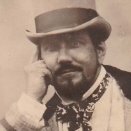
Light table question
Snug Harbor Johnny replied to GrandpaPhil's topic in Modeling tools and Workshop Equipment
I happened to stop by a Barnes & Noble today and saw an LED flat screen light 'table' for $19.99 ... Now the glowing surface is only just over 8 1/2" x 11". but I figure for larger tracings, the two sheets can be 'tacked' together at the corners with temporary artists' "spray mount" - a product made with a milers grip so the item(s) can be repositioned as needed. Then I can just move the sheets over the led lit area a section at a time. -
So the cabin was cleaned up, things re-glued and touched up with some acrylic paint. Then it was CA'd in place and firmly fixed - the idea being to pre-drill for the brass stanchions. Shown below are examples of a stanchion, a tiny eye (intended for jack rail installation) and a brass belaying pin of some age. The pin is close to scale - representing about 2' ... perhaps a typical belaying pin is around 18". The brass has a natural patina and will eventually be brown in color. Again, smaller scales will be henceforth 'right out' - although some are able to manipulate super tiny things ... they built Swiss watches, didn't they? After drilling stanchion holes, it occurred to me that the cabin on the original has 'grab bars' on the sides ... dang, its going to be hard to install them with the cabin already fixed to the deck. Once again, I didn't quite think everything through .. so step one was to mark the attachment points (such as they will be on this model) with mechanical pencil. I started to measure the places, but ended up doing it 'by eye'. Then bent pliers were used to push a straight pin (but bent, due to the odd angle) into the wooden cabin for the brass eyes. Next came hand drilling with a pin drill, also bending the fine drill (but not enough to break it) a bit to deepen the starter hole. This is painstaking, so rather than had all the stanchion holes (shown later) by hand, I used a rotary tool. Still, one has to be careful not to snap a drill. A small dab of old Gel CA was put on a pair of attachment points. The advantage of using 'old' gel CA is that it takes longer to set-up, thus allowing time to fiddle and drop stuff, reposition, try again ... the picture is 'upside down' because I'm working that way with the hull in my lap. Like what was said in Pirates of the Caribbean, "Down is up." Now getting the second eye on was a pain. When the rail is to be placed on a corner, the eyes can be installed first, then the rail slid in and cut to length. Here the panels on the cabin sides (as built and re-glued in place) limit sideways rail movement. I suppose I could have left the eyes 'proud' of the panels, slid the wire in, cut, the push everything down. But I didn't think of that at the time. Fiddling these small bits in a tight place produced a fair share of 'dang its' and gol-darn sumb-witches ... to be expected. What Ben Franklin said about getting a Constitution through Congress (comparing it to bringing a child into the world) might be applied to model ship building ... "half improvise and half compromise". Next more old CA was applied - in this case (with one hand holding the camera and the other trying to keep the glue bottle steady) there is too much on the joint - so he excess had to be wiped away with a bit of absorbent material. Now a dental tool applies a bit of accelerator (the tool was dipped into a small amount of it in a nearby cup). and BAM everything locked-up nicely. I suppose new gel CA would not have as much working time ... so just let a bottle set on the shelf for a year (like I did) and its still quite useable by this technique. Now a right-side up view of how things are coming along. The next consideration is the ladders to go from the weather deck to the forecastle (same astern). The model being restored has flimsy rubber ladders that are not at all satisfactory. I'm going to have to build my own using material from a parts kit on hand. I'll have to figure out how railings will be done. Once the first ladder is figured out, the other three will be done in the same way. There is also some re-thinking of where all the lines will have to be routed and belayed ... that will be done much later on.
-
Your Pegasus stand looks great ! The pins will provide the needed stability without the trouble of cutting a 'rabbit'. The rabbit technique (with a snug fit) provided enough grip once the wood glue dried that I didn't need anything else ... but cutting the groove was a but troublesome. Your pin idea seems very practical.
- 238 replies
-
- Victory Models
- Pegasus
-
(and 2 more)
Tagged with:
-
How about the Mona Lisa. Leonardo painted her in oils some 500 years ago and she's still smiling.
- 1,508 replies
-
- Le Soleil Royal
- Heller
-
(and 1 more)
Tagged with:
-
Some clear shellac was painted over the pasted paper, touched up with water based micro marker. The alcohol does not affect the applied color, and prevents accidental running in future. The paper effectively became a 'decal' - the hull color over the place of application being white. I suppose on a hull of a different color, the image could be printed on that color paper stock. 'Had a look at the deck house ... its dirty and simplistic, but with some tidying up it can be re-fastened (perhaps with CA this time). Being a restoration, I don't want to re-make much. I can just see some deck marked out under the crud. The builder had some splitting when tacking the nails used for stanchions.
-
'Love your workshop organization .. don't ask about mine.
-
Castings made form "pot metal" - generally zinc-based - may have certain contaminates that cause the cast metal to crack and fall apart atfer only a couple decades. Many cheaper early cast zinc toy trains suffered from this 'zinc pest' ... I'm not up on exactly the nature of the contaminant, be it metal or otherwise, but even early 20th century Lionel drivers (the largest wheels) could crumble over time (like my Dad's). Lionel eventually figured this out and stable pot metal alloys were configured - and replacement wheels on early toy trains (if done right) is Kosher for most collectors. These anchors, however, are 'toast'.
- 24 replies
-
- anchor handling
- schooner
-
(and 1 more)
Tagged with:
-
'Had a look at my few GF 1 images and printed the stern and bow decorations (adjusting for scale) to see if I could paper cut them out and glue them in place ... given that I wasn't going to attempt intsy-teensie carving, and my freehand with inks would also not pass muster. If presentable, I could touch them up in place with micro tip color pen. I think I'm ahead of the game according to the picture below. The blow-up magnifies irregularities, so just looking at the hull, its presentable enough. I decided to install two small pinrails near the extreme bow to hold 3 brass belaying pins (to be drilled for soon) on each side for the jib sail inhaul lines (choice of side to belay them). The work at 1:100 tells me that that is really the smallest I shall model in, at this stage in life and skillset. Each rail was given a little gel CA (which does not set-up so fast), then applied with fine tweezers - pushing in place to hold while the other hand daubed some 'accelerator' from the end of a dental tool. Nearly at once, the accelerator made the gel CA 'grab', but there was still a couple seconds for a slight tweak before the reaction went entirely through the join. Then, some more CA gel was put on the underside to make a 'fillet' - and kicked with more accelerator daubed on. This technique, done carefully, is really nice in my opinion ... and as said before, I'll avoid the 'thin CA' (except in rare circumstances) because it is too hard to control and gets everywhere on its own. Now the center bow guard (which has had some more trimming since first pictured) represents about a 31" parapet. The bow guard is metal on the ship, so it will be painted white, I may leave the pin rails wood. It occurred to me that this would be a little high to just step over, even if going out on the bowsprit to mount or dismount the jibs would be done in port. Other models of this ship do have it this way, and I haven't found just the right image to see just what the configuration of the original was. If a 'scoop' in the middle was made to lower the step-over to, say, 15" (scaled) I don't think it would look right to my eyes - also there might be a gush of sea water shooting through such a gap (instead of straying upwards), so there will be a representation of a welded step - and a corresponding landing on the front side - both to receive white paint. After installing the steps, and gluing bow decoration on, I took a profile of the bow. The image was 'flipped' on the computer for the other side. Detail by detail is likely how to proceed in this 'instruction-less' project. BTW, another technician has suddenly retired at the hospital where I work per-diem ... so there will be more demands for my time - and between now and the Holidays the Admiral has me ferrying her to craft shows on the weekend to assist her shop. No matter, there is no 'time limit' on my own projects. Below is another angle of the bow (the guard just sitting in place, unglued as of yet).
-
Glass can be a liability in the long run, due to the break-ability and weight. One of my Dad's clippers suffered great damage in a glass stattering accident. (Kids can trow stuff.) Acrylic (as opposed to plexiglass) is a good alternative ... shatter resistant and easily replaceable.
- 602 replies
-
- Flying Fish
- Model Shipways
-
(and 2 more)
Tagged with:
-
I know what you mean about the old 1:96 Revell kits, as I built the CS. Yet one MSW restoration of a Thermie indicated that much of the masts and yards were brittle and disintegrating. I wonder if that was due to the lack of paint ... or will the mere passage of time render the plastic brittle. The wood model I'm now restoring is all-wood, and time has not had any effect on the rigidity and soundness of the components (other than some of the rigging lines). The question is, if one has one of the 1:96 plastic models ... will painting all plastic parts be sufficient safeguard for a life of at least 100 years (assuming anyone wants such a thing after the builder is long gone)? The alternative is to replace the masts and yards with wood (also belaying pins of preferably brass) as Bruma did on his CS. Any thoughts?
- 602 replies
-
- Flying Fish
- Model Shipways
-
(and 2 more)
Tagged with:
-
'Still thinking things out ahead of doing anything I might want later to un-do or wish I did otherwise ... details like how the foremost stays are to be done. The first one (a pair) going from the fore top to the forecastle deck will have a pair of turnbuckles at the bottom (as seen on other examples). The ratlines and stays (fore and back) were of wire rope versus fiber rope used much earlier. From what I can see in a couple of photos of the 1st GF, the jib stays may have gone through sheaves and passed inside the hollow steel bowsprit - presumably to be tensioned under the forecastle deck. So I'll likely make slight mortises where needed on the wood bowsprit, insert a sealed end of black line into the mortise and secure (with CA) a small brass sheave pushed into the mortise. The loops (wherever they occur) in stays and shrouds will likely be seized with a pair of small beader's crimps - so I'll have to get the tension right. The jib sails and stay sails will likely get suitably sized metal rings that the stay lines will pass through. In-haul lines will pass through the rings to blocks below (and thence to belaying pins). Out haul lines should be as typical. The idea is that each time a line is put on, it has to have a purpose - a beginning and end point consistent with that purpose. As mentioned before, there will necessarily be simplifications to the 'actual' full-rigging (never the purpose for the sake of restoration), yet I'd like to have better rigging than the rudimentary ropes thrown on the original model. After all, I'm the 'Master' of this representation of the ship - the final say in the details of rigging will be mine ... such as they are. I see by the photos below (one of which is of the GF) that sails tend not to be 'pure white', due to various reason for some discoloration. And there are often obvious signs of repair/maintenance. The restored sails on my model do have an off-white appearance (I might have even done less whitening, but that step is past), but that is as they should be. The second photo below shows how the varying light of day can also influence how the sails appear.
-
The clock high up on the shelf is an antique wind-up clock (mid 1800s) ... but its only a 24 hour winding, so to run it one must wind it every day (technically 36 hours per wind, but after 24 hours the clock slows down because the spring gets too weak). Because of that, I don't bother to wind it. What you don't see (out of the frame on the left) is another late 1800s clock that can go for 7 days when fully wound - and i do wind that up every week, since it has a nice bell that rings the hours if the striking spring is also wound (not quite the sound of a ship's bell, but pleasant nonetheless) and I notice that even when concentrating on something in the shop. I have several other clocks throughout the house that are also 7-day wind-ups, but since all of them can start to lose steam near the end of the week (the winding day being Sunday), I give then a 'midweek boost' of 4 half-turns on Thursday to insure accuracy until the following Sunday. Then it takes about 10 half turns of the key to feel 'tight enough' to stop - something learned by experience to prevent 'overwinding', and the possibility that the coil might seize or even break. One of my clocks has a mechanism that automatically prevents overwinding. Now heres your 'challenge'. You have pointed out one clock in the first picture, but there are TWO other clocks also in the picture ! One needs maintenance, and the other I have running. I thought this might be a little like "Where's Waldo" - can you find the other two clocks and note where they are hiding? In the second and third pictures there is what looks like a miniature piano next to the Wasa - it is an early 20th c. Schoenhut toy piano (two octave, white keys only) in need of restoration. I found it in an antique shop in Lancaster Pa (there are many such shops there and in Adamstown), and some of the tones sounded with clear chimes (small xylophone plates), unlike most such toys that use cheap-sounding metal rods. I ought to get to that sometime.
About us
Modelshipworld - Advancing Ship Modeling through Research
SSL Secured
Your security is important for us so this Website is SSL-Secured
NRG Mailing Address
Nautical Research Guild
237 South Lincoln Street
Westmont IL, 60559-1917
Model Ship World ® and the MSW logo are Registered Trademarks, and belong to the Nautical Research Guild (United States Patent and Trademark Office: No. 6,929,264 & No. 6,929,274, registered Dec. 20, 2022)
Helpful Links
About the NRG
If you enjoy building ship models that are historically accurate as well as beautiful, then The Nautical Research Guild (NRG) is just right for you.
The Guild is a non-profit educational organization whose mission is to “Advance Ship Modeling Through Research”. We provide support to our members in their efforts to raise the quality of their model ships.
The Nautical Research Guild has published our world-renowned quarterly magazine, The Nautical Research Journal, since 1955. The pages of the Journal are full of articles by accomplished ship modelers who show you how they create those exquisite details on their models, and by maritime historians who show you the correct details to build. The Journal is available in both print and digital editions. Go to the NRG web site (www.thenrg.org) to download a complimentary digital copy of the Journal. The NRG also publishes plan sets, books and compilations of back issues of the Journal and the former Ships in Scale and Model Ship Builder magazines.




